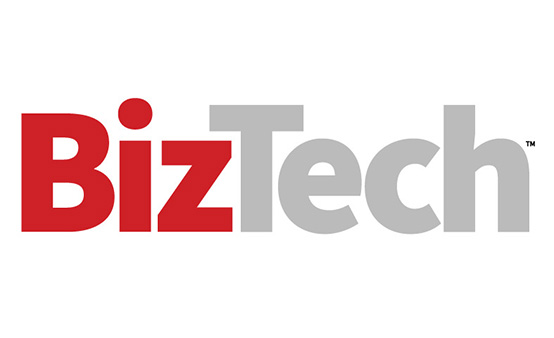How AI Helps Software Developers
AI is beneficial in the quick production of code for routine tasks. While on the surface this may appear to take away work from engineers, it ultimately provides them with the opportunity to maximize the use of their skill sets by freeing them up to work on more complex projects and full system designs. AI also provides shortcuts and suggestions to expedite the development process.
One example of how AI is changing roles and outcomes is the way cybersecurity teams search for vulnerabilities. Instead of looking for weaknesses after code is written, cybersecurity teams are inserted into the software development process. By leveraging AI to inject governance into the SDLC, best practices are instituted earlier, decreasing a product’s time to market.
AI currently promotes the speed and efficiency of the development process, but the benefits should continue to grow as the capabilities of AI evolve and use cases expand. For example, AI will soon be able to reliably make recommendations on business strategy, providing insight into which initiatives to proceed with.
KEEP READING: Can businesses use AI to improve cyber defenses?
Why Cyberthreat Actors Love AI
While the implementation of DevSecOps and generative AI brings the benefits mentioned above and more, AI is also being used to deliver a new generation of cyberthreats. Last May, the FBI issued a warning about cybercriminals using AI to increase the speed, scale and automation of cyberattacks. According to the FBI, bad actors are using publicly available and custom-made tools.
“As technology continues to evolve, so do cybercriminals’ tactics. Attackers are leveraging AI to craft highly convincing voice or video messages and emails to enable fraud schemes against individuals and businesses alike,” said FBI Special Agent in Charge Robert Tripp in a press release. “These sophisticated tactics can result in devastating financial losses, reputational damage and compromise of sensitive data.”
Using AI, cybercriminals are enhancing traditional methods of attacks, such as phishing emails, and they are deploying threats using voice and video cloning techniques.
How To Fight AI-Powered Cyberattacks
The best way to prevent AI-fueled attacks from being successful or to limit the amount of harm is to implement DevSecOps and incorporate AI into every aspect of the SDLC. This is extremely beneficial for companies because it allows developers to address risks more quickly.
Perhaps more important, it paves the way for organizations to change from a reactive mindset to a proactive mentality in which the overall security posture is strengthened with real-time AI threat detection. A proactive approach also opens the door to faster innovation, which allows organizations to keep pace with or stay ahead of cybercriminals — and, as a bonus, their competitors. For example, implementing DevSecOps and using AI to find vulnerabilities reduces the need to test everything.
By implementing DevSecOps with AI, organizations can thrive from a business perspective while becoming more secure.
UP NEXT: What is Security as Code and how does it help software developers?











